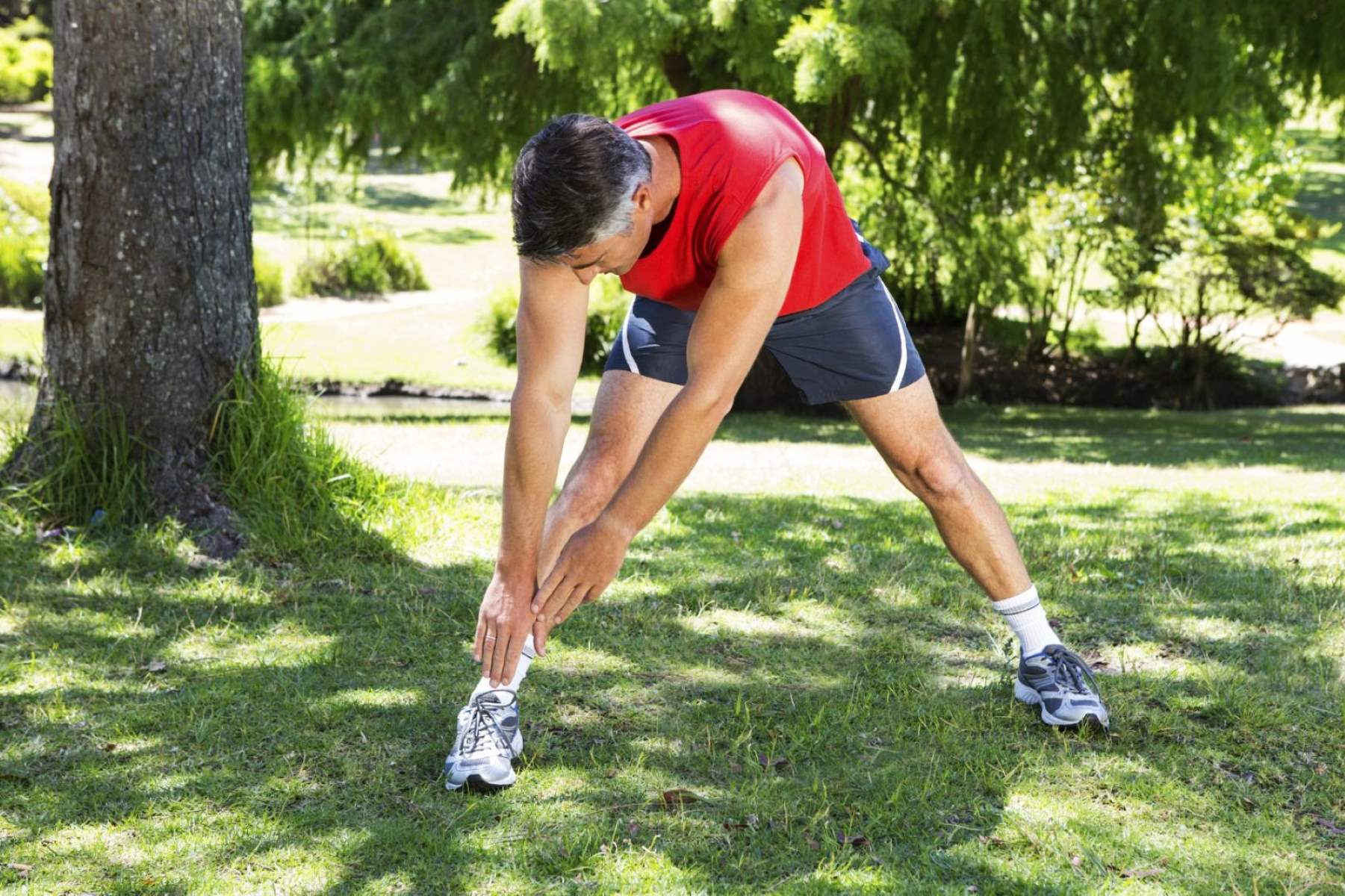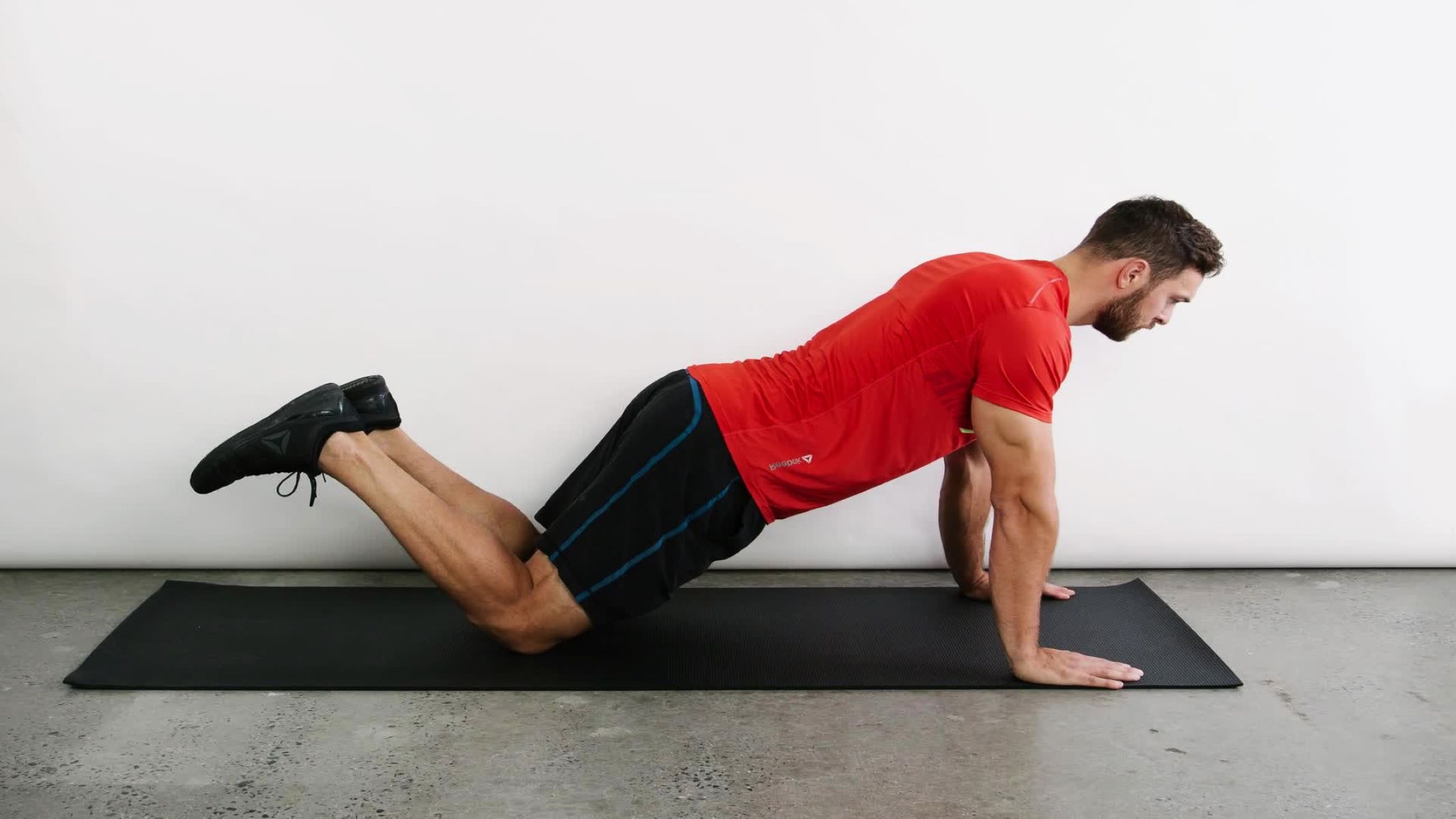Home>Training & Techniques>Running Techniques>Perform This Warm-up And Cool-down Routine Before And After Every Run


Running Techniques
Perform This Warm-up And Cool-down Routine Before And After Every Run
Published: February 23, 2024
Improve your running performance and prevent injuries with this essential warm-up and cool-down routine. Enhance your running techniques today!
(Many of the links in this article redirect to a specific reviewed product. Your purchase of these products through affiliate links helps to generate commission for Therunningadvisor.com, at no extra cost. Learn more)
Table of Contents
Importance of Warm-Up and Cool-Down
Warm-up and cool-down routines are essential components of any running session. They play a crucial role in preparing the body for physical activity and aiding in recovery post-exercise. These routines are not just optional add-ons but are integral to a runner's overall performance and well-being.
Importance of Warm-Up:
- Preventing Injury: A proper warm-up increases blood flow to the muscles, making them more pliable and less prone to injury during the run.
- Enhancing Performance: Engaging in dynamic stretches and light cardio activities during the warm-up phase gradually elevates the heart rate and primes the body for the upcoming exertion, leading to improved performance.
- Mental Preparation: It also provides an opportunity for mental preparation, allowing runners to focus on their form, breathing, and the task ahead.
Importance of Cool-Down:
- Promoting Recovery: The cool-down phase is equally vital as it helps the body gradually return to its resting state, preventing the pooling of blood in the extremities and aiding in the dissipation of lactic acid buildup in the muscles.
- Reducing Muscle Soreness: By incorporating static stretches during the cool-down, runners can alleviate muscle tightness and reduce the likelihood of post-run soreness.
- Enhancing Flexibility: Regular cool-down routines contribute to improved flexibility, which is crucial for long-term injury prevention and overall athletic performance.
Incorporating these routines into your running regimen not only optimizes your performance but also safeguards your body from potential injuries. It's a small investment of time that yields significant benefits, making it a non-negotiable aspect of every runner's workout routine.
Warm-Up Routine for Runners
Before embarking on a run, it's crucial to prepare your body for the physical demands ahead. A well-rounded warm-up routine can make a substantial difference in your performance and overall well-being. Here's a comprehensive warm-up routine tailored for runners:
Dynamic Stretching:
Engage in dynamic stretching exercises to mobilize and activate the muscles. Perform leg swings, high knees, and butt kicks to enhance flexibility and range of motion. These movements not only prepare the muscles for the upcoming activity but also reduce the risk of strains and injuries during the run.
Light Cardio:
Incorporate light cardio activities such as jogging in place or a brisk walk to gradually elevate your heart rate. This helps to increase blood flow to the muscles, priming them for the impending exertion. Additionally, it mentally prepares you for the run, allowing you to focus on your breathing and form.
Activation Drills:
Include activation drills to stimulate key muscle groups involved in running. Perform exercises like glute bridges, leg raises, and calf raises to activate and strengthen the muscles essential for optimal running mechanics. This not only enhances performance but also reduces the likelihood of muscle imbalances and overuse injuries.
Strides:
Incorporate a few strides or short bursts of increased speed to awaken your fast-twitch muscle fibers. This prepares your body for the intensity of the run, allowing for a smoother transition into your regular pace once you commence your run.
Mental Preparation:
Use this time to mentally prepare for the run ahead. Visualize your route, focus on your breathing, and set your intentions for the run. This mental rehearsal can significantly enhance your overall performance and mindset during the run.
By diligently following this warm-up routine, you can effectively prepare your body for the physical demands of running. It not only reduces the risk of injury but also sets the stage for an enjoyable and productive running experience. Remember, a well-executed warm-up routine is the foundation for a successful run.
Read more: Is It Necessary To Cool Down After A Run?
Cool-Down Routine for Runners
As you wrap up your run, transitioning into a proper cool-down routine is just as crucial as the warm-up phase. A well-structured cool-down routine aids in the gradual recovery of the body, promoting muscle repair and reducing the risk of post-run soreness. Here's a detailed guide to an effective cool-down routine tailored for runners:
Gradual Deceleration:
Begin by gradually decelerating your pace, allowing your body to ease out of the heightened exertion. This gradual reduction in intensity helps prevent blood from pooling in the extremities and allows the heart rate to gradually return to its resting state.
Walking or Light Jogging:
Following your run, engage in a few minutes of walking or light jogging. This gentle activity helps to flush out metabolic waste products from the muscles and aids in the dissipation of any accumulated lactic acid. It also promotes active recovery, facilitating the removal of metabolic byproducts from the muscles.
Static Stretching:
Incorporate static stretching exercises targeting the major muscle groups utilized during your run. Focus on stretches for the hamstrings, quadriceps, calves, and hip flexors, holding each stretch for 15-30 seconds. This helps alleviate muscle tightness, enhances flexibility, and reduces the risk of muscle imbalances and post-run stiffness.
Foam Rolling:
Utilize a foam roller to perform self-myofascial release on key muscle groups. Roll out the calves, quadriceps, and hamstrings to alleviate any residual tension and release adhesions within the muscle tissue. This aids in improving circulation and promoting muscle recovery.
Hydration and Nutrition:
Replenish your body with adequate hydration and a post-run snack rich in carbohydrates and protein. Hydration is essential for restoring fluid balance, while a balanced post-run meal supports muscle repair and replenishes glycogen stores, facilitating recovery.
Reflect and Relax:
Take a few moments to reflect on your run and practice relaxation techniques such as deep breathing. This allows for a mental cooldown, promoting a sense of accomplishment and aiding in stress reduction.
By incorporating this comprehensive cool-down routine into your post-run regimen, you can effectively support your body's recovery process and minimize the risk of post-run discomfort. Remember, a well-executed cool-down routine is the final step in a holistic running experience, ensuring that you not only perform at your best but also prioritize your body's well-being.
Tips for Effective Warm-Up and Cool-Down
Ensuring that your warm-up and cool-down routines are executed effectively is paramount to reaping the full benefits of these preparatory and recovery phases. Here are essential tips to optimize your warm-up and cool-down experiences:
Tips for Effective Warm-Up:
-
Tailor to Your Activity: Customize your warm-up based on the intensity and duration of your planned run. For shorter, high-intensity runs, focus on dynamic movements and shorter cardio bursts. For longer, endurance-based runs, incorporate a more extended warm-up to gradually prepare your body for the sustained effort.
-
Progressive Approach: Adopt a progressive approach to your warm-up routine, gradually increasing the intensity of dynamic stretches and cardio activities. This allows your body to acclimate to the impending physical demands, reducing the risk of sudden strain or injury.
-
Mind-Body Connection: Use the warm-up phase to establish a strong mind-body connection. Focus on your breathing, posture, and running form during the warm-up, setting the stage for mindful and efficient running.
-
Time Allocation: Allocate sufficient time for your warm-up, ensuring that you don't rush through the preparatory phase. A well-rounded warm-up typically ranges from 5 to 15 minutes, depending on the individual's fitness level and the nature of the run.
-
Consistency: Maintain consistency in your warm-up routine, regardless of the weather or time constraints. Consistency fosters a sense of ritual and primes your body for the run, irrespective of external factors.
Tips for Effective Cool-Down:
-
Gradual Transition: Approach the cool-down phase as a gradual transition from exertion to relaxation. Avoid abrupt stops and allow your body to ease out of the run, promoting a smooth recovery process.
-
Hydration and Nutrition: Prioritize hydration and nutrition post-run to support the body's recovery. Replenish fluids and consume a balanced post-run meal to aid in muscle repair and glycogen replenishment.
-
Mindful Stretching: Engage in mindful static stretching during the cool-down, focusing on deep, controlled stretches to alleviate muscle tightness and promote flexibility. This deliberate approach aids in preventing post-run stiffness and discomfort.
-
Recovery Tools: Incorporate recovery tools such as foam rolling and self-myofascial release to target specific areas of muscle tension. These techniques aid in enhancing circulation and expediting muscle recovery.
-
Reflect and Relax: Take a few moments post-run to reflect on your performance and practice relaxation techniques. This mental cooldown fosters a sense of accomplishment and aids in stress reduction, contributing to a holistic post-run experience.
By integrating these tips into your warm-up and cool-down routines, you can elevate your running experience, minimize the risk of injury, and promote overall well-being. Remember, the effectiveness of your warm-up and cool-down is not solely determined by the activities performed but also by the mindfulness and intention you bring to these essential phases of your running journey.












